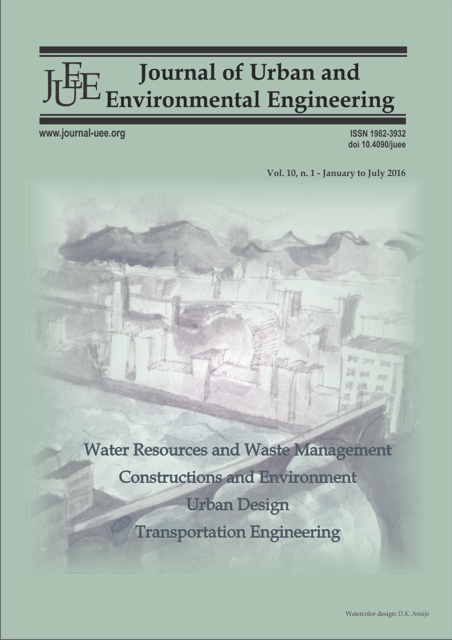ARSENIC ADSORPTION AND REDUCTION IN IRON-RICH SOILS NEARBY LANDFILLS IN NORTHWEST FLORIDA
DOI:
https://doi.org/10.4090/juee.2016.v10n1.98-105Keywords:
As(V), Fe(III), Reduction, Adsorption, and LandfillAbstract
In Florida, soils are mainly composed of Myakka, an acid soil characterized by a subsurface accumulation of humus and Al(III) and Fe(III) oxides. Downgradient of the landfills in Northwest Florida, elevated levels of iron and arsenic observations had been made in the groundwater from monitoring wells, which was attributed to the geomicrobial iron and arsenic reduction. There is thus an immediate research need for a better understanding of the reduction reactions that are responsible for the mobilization of iron and arsenic in the subsurface soil nearby landfills. Owing to the high Fe(III) oxide content, As(V) adsorption reactions with Fe(III) oxide surfaces are particularly important, which may control As(V) reduction. This research focused on the investigation of the biogeochemical processes of the subsurface soil nearby landfills of Northwest Florida. Arsenic and iron reduction was studied in batch reactors and quantified based on Monod-type microbial kinetic growth simulations. As(V) adsorption in iron-rich Northwest Floridian soils was further investigated to explain the reduction observations. It was demonstrated in this research that solubilization of arsenic in the subsurface soil nearby landfills in Northwest Florida would likely occur under conditions favoring Fe(III) dissimilatory reduction.Downloads
Download data is not yet available.
Downloads
Published
2016-08-23
Issue
Section
Articles




